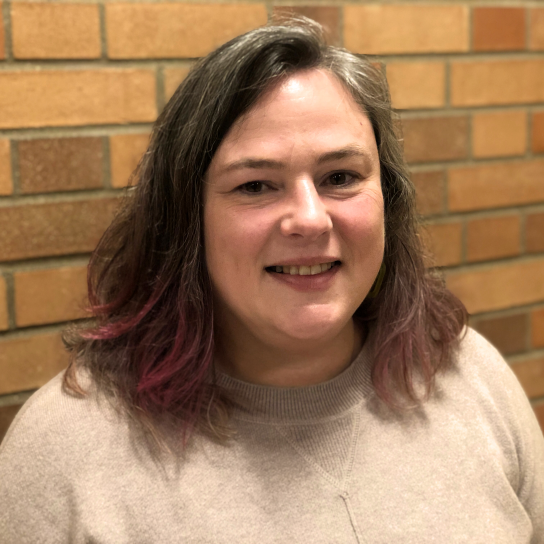by Carla Pfahl
Quick Summary
This fall I created an Information Literacy series designed for middle school students to help with beginning the research process.

Body
This fall I created an Information Literacy series designed for middle school students to help with beginning the research process. The media specialists and teachers at Sanford Middle School in Minneapolis and Olson Middle School in Bloomington were so gracious to let me take over their classrooms for three days each to bring this instruction to their students.
Having three days with the students allowed us to go in-depth into the research process and identify areas where the students struggle. One area we spent a lot of time on was identifying effective search terms based on topics and how to focus searches to find appropriate information. One exercise I had the students perform was taking a search strategy they created and using it in Google and in an ELM database and comparing the search results and type of information found.
[[{"type":"media","view_mode":"media_large","fid":"770","attributes":{"class":"media-image alignright size-medium wp-image-291","typeof":"foaf:Image","style":"","width":"300","height":"300","alt":"digital literacy"}}]]Other issues discussed were citing sources and evaluating websites. We used the CABLE method (see below) to evaluate websites. It was an easy anagram for the students to remember and it covered all the basic steps to review various aspects of websites. The evaluation process highlighted the fact that finding credible information is not a clear cut process – there is a lot of gray matter to sift through but the evaluation process can help make it easier to identify the good information from the bad information.
Each day we worked on different exercises designed to have the students think of ways to identify key concepts for creating search strategies, know what other similar terms could be used to find information and help focus topics, and to look closely at the information being presented in websites to identify credible sources. At the end of each day the students took a quiz using Minitex ROI’s new Guide on the Side tool to help assess the effectiveness of the lessons. We're evaluating those results now.
CABLE Method:The CABLE Method and many of the other ideas for exercises and lessons came from The Library Instruction Cookbook, edited by Ryan L Sittler and Douglas Cook, 2009. I recommend taking a look at this book for different ways of introducing information literacy concepts to students in a fun and tangible way. For these information literacy sessions, I decided to create a Google Sites website as a base for discussion with the students. The exercises and quizzes are embedded within the site. To take a look at the site, visit: https://sites.google.com/a/umn.edu/seeking-information/. It is still a work in progress, and I would be very interested in your thoughts about the website. If you would like to learn more about this instruction session and other ways Minitex ROI can customize instruction for your students, media specialists, or teachers, please visit: https://www.minitex.umn.edu/Reference/Request.aspxCurrency
Authority
Bias
Level
Explore!
